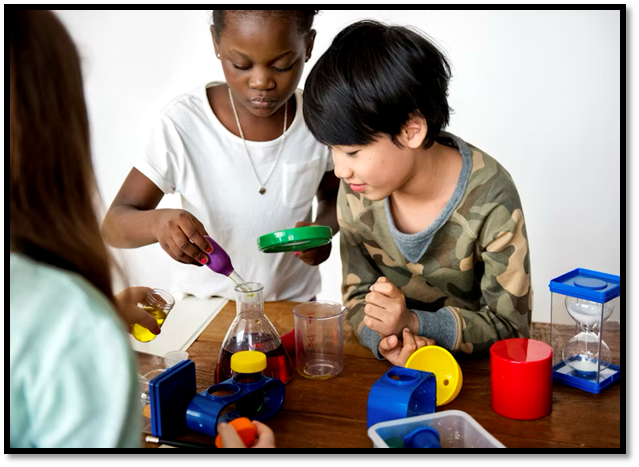Over the next three weeks, we are going to explore poverty: what it is, what it means for our students, and what we as educators can do to give all of our young English language learners hope and the chance at a successful life, regardless of their socioeconomic background.
More than 16 million children in the United States today are living in poverty. That word—poverty—tends to conjure up a variety of images, ideas and opinions in all of us, some based on stereotypes, some based on media, and some based on our own life experiences and perspectives.
What is poverty, anyways? In reality, poverty is “ a chronic and debilitating condition that results from multiple adverse synergistic risk factors and affects the mind, body and soul.” Wait—-what? Our sweet little students’ minds, bodies and souls are being affected ? Whoa. Pretty powerful, isn’t it? Needless to say, poverty is very complex and the factors surrounding it are emotional, unique and certainly very personal.

Consider these five different types of poverty that may be affecting the students and families that are part of your school community:
- Situational Poverty – Caused by sudden crisis or loss and is usually temporary. Events causing situational poverty include environmental disasters, divorce, and severe health problems.
- Generational Poverty – Occurs in families where at least two generations have been born into poverty. Families living in this type of poverty are not (yet) equipped with the tools to move out of their situations.
- Relative Poverty – Refers to the economic status of a family whose income is insufficient to meet its society’s average standard of living.
- Urban Poverty – Occurs in metropolitan areas of at least 50,000 people. The urban poor deal with complex aggregate stressors (crowding, violence, noise) and are dependent on often-inadequate large city services.
- Rural Poverty – Occurs in non-metropolitan areas with populations below 50,000. There are more single-guardian households, less access to services, less support for disabilities and less quality education opportunities. Programs encouraging transition from welfare to work are problematic in remote rural areas, where job opportunities are fewer. The rural poverty rate has exceeded the urban rate EVERY YEAR since data collection began in the 1960s.
So what can living in impoverished conditions look like in the United States? According to the work of Eric Jensen, a renowned researcher, here are some of the characteristics:
- Long-term unemployment
- Low-wage jobs
- Limited job skills
- Homelessness
- Cramped housing – more than one family to a home
- Non-energy efficient housing
- Housing in need of repair
- Unreliable transportation
- Limited or no assets
- Lack of quality child-care
- Incarcerated family members, be they children or parents
Now that we know exactly what poverty is, we’ll take a look at some of the obstacles children are facing in Part 2 of Living in poverty affects our children; GrapeSEED can help.
And for a longer video on the topic, look here to find out more about how poverty affects education.





